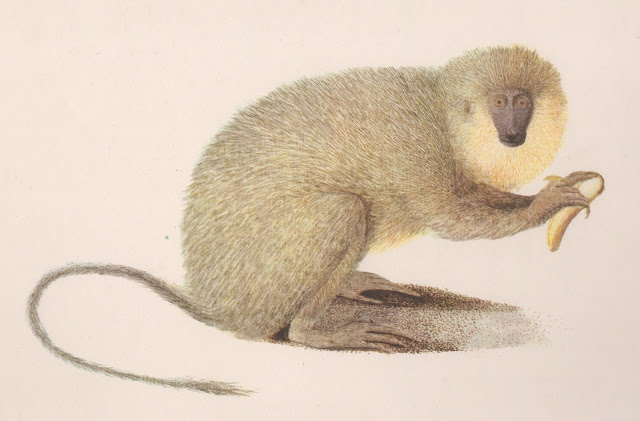Welcome!
Welcome!
The idea of creating this blog was designed by Miriam Adelman and myself as an opportunity to offering a network of interaction with the donors who have demonstrated their interest and trust in our project of producing a new, revised and English language version of my book - a work in progress at this very moment. Since you all will be kept waiting for some months, until the book is finally launched by the White Horse Press, we felt the need to create a dynamic channel of dialogue between us, regarding the book’s timely subject – human/animal relations in Brazil, past and present – as an enjoyable common experience to be shared over this period.
In fact, our goals have now gone beyond our initial intentions, leading to a (re) collection of the feelings, mindsets, enthusiams, confidences and intents which were part of the trajectory that led to this book. Furthermore, the broad and extensive subject of my research poses the need for some additional clarification, particularly regarding the diverse Brazilian socio-environmental context as it unfolds over a continental territory. So let me provide that now.
This ‘field diary’ begins with the initial reasons that inspired the research that substantiated the first edition of my book, launched in Brazil, in 2017. I was not guided by primarily academic goals, but by my intentions to contribute with previously unexplored, or “uncollected” materials, to enrich arguments and discussions on Brazilian policies of animal protection and animal welfare. The lacunae in available information on the presence and significance of animals in Brazilian social life seemed unthinkable in a country that is host to among the richest biodiversity in the world, as well as one of its largest livestock populations. How could the necessary dialogues on these themes, encompassing the interests and viewpoints of diverse groups and institutions, be furthered, without any reference or consistent data regarding the history of human-animal interactions in our immense and socio-environmentally diverse territory?
My commitment to this research was tightly bound to this question and initial steps were adopted to move toward its fruition. At the same time, I was driven by an urgent intention to contribute to the revision of hegemonic perspectives, in the field of the Social Sciences and the History of Brazil, ensconced within their anthropocentric boundaries and mindsets. Over the course of my research, I had the opportunity to access some of the brilliant studies that are currently uncovering the potential development of human-animal studies with a focus on the Brazilian socio-environmental context. This made me realize that one of the most important contributions I could make consisted in bring togethering larger insights on our own human-animal history.
My decision to take personal control over the first edition has enabled me to get it out to people and organizations committed to the enormous scenario of challenges and conflicts in Brazil today regarding the welfare and protection of non-human animals. The input of the Brazilian Academy of Veterinary Medicine was welcome and valuable, not only through their support in printing the first 1,000 books, but also for their support in initial links to the vast field of Brazilian agribusiness. On the other hand, the book was also very well received by animal protection groups and environmental organizations. All they generously contributed to the book’s presentation - as in the preface of the World Animal Protection Brasil -, transmitting an idea of the potential for national synergies that must be still improved if we are to move forward on debates and developments aiming at societal participation and government commitments to a Brazilian “animal agenda”.
Much has been done, nonetheless, given the lack of government commitment to these issues, as well as the vast dimensions and regional diversity of this country, my expectations for connecting ourselves to the other animals who live around us is a gargantuan task. And a very timely idea...



Ana and Miriam, I wish the best for you in such valuable trajectory ! I'm eager to see its English edition!
ReplyDelete